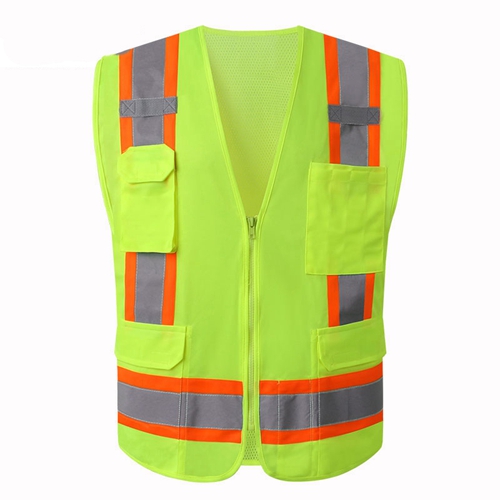Protective Gear for Beekeeping to Ensure Safety and Comfort While Handling Bees
The Importance of Bee Safety Clothing
Beekeeping, a practice that dates back thousands of years, plays a critical role in our ecosystem. Bees are essential pollinators, and their decline threatens global food supply and biodiversity. As interest in beekeeping grows, so too does the need for safety measures to protect beekeepers from potential stings and ensure a harmonious relationship with these vital insects. One of the most crucial aspects of protecting oneself in this field is wearing appropriate bee safety clothing.
Understanding Bee Behavior
Before delving into the specifics of bee safety clothing, it's essential to understand bee behavior. Honeybees are generally non-aggressive and will not sting unless they feel threatened. However, disturbances to their hive, startling movements, or strong odors can trigger defensive reactions. Therefore, beekeepers must dress appropriately to minimize the risk of stings while inspecting hives or collecting honey.
Types of Bee Safety Clothing
1. Bee Suits A full-length bee suit is the cornerstone of beekeeping safety gear. These suits are typically made from light-colored, breathable fabric that prevents overheating while working. The fabric is designed to be thick enough to minimize the chances of a sting penetrating through. Many suits include elastic cuffs and an elastic waist to prevent bees from entering the clothing.
2. Hoods and Veils A beekeeper’s hood or veil is crucial for protecting the face and neck, which are highly sensitive areas. These veils come in various forms, from full-coverage hoods to detachable veils that can be worn with a regular hat. A good veil allows for visibility while providing barrier protection against bee stings, especially protecting the eyes and face, which are particularly vulnerable.
3. Gloves Hands are often the most exposed part of a beekeeper's body during hive management. Bee gloves are typically made of leather or thick fabric with elastic cuffs to prevent bees from crawling up your arms. Many beekeepers prefer to wear gloves that allow for a good sense of touch, balancing protection with dexterity when handling bees and frames.
bee safety clothing

4. Footwear While not always emphasized, proper footwear is also essential. Closed-toe shoes or boots that cover the ankle can provide protection from stings. Additionally, wearing light-colored shoes helps reduce attraction from bees, who can mistake darker colors for predators.
5. Additional Accessories Some beekeepers also utilize knee pads, aprons, and additional protective gear like ear coverings or separate pads for beekeeping in particularly aggressive environments. Every beekeeper may need a different combination of safety gear depending on their level of experience and comfort with bees.
The Importance of Quality
Investing in high-quality bee safety clothing is vital. While cheaper alternatives may seem attractive, they often lack the necessary protection and durability. High-quality fabric not only provides better protection from stings but also ensures that the clothing is breathable and comfortable for prolonged use. Check for specifications, read reviews, and ensure what you're purchasing has been tested in real-life beekeeping scenarios.
The Role of Education
Beyond wearing proper bee safety clothing, education plays a crucial role in protecting beekeepers. Understanding bee behavior, hive dynamics, and best practices for hive inspection can significantly reduce the risk of stings. Knowledge empowers beekeepers to interact with bees minimally and effectively, lowering the chances of aggressive behavior from the bees.
Conclusion
In summary, wearing appropriate bee safety clothing is fundamental for anyone wishing to engage in beekeeping. The right gear not only provides necessary protection against bee stings but also fosters confidence in beekeepers as they manage their hives. As beekeeping continues to grow as a hobby and profession, investing in quality protective clothing, coupled with education on safe practices, ensures a fruitful relationship with these indispensable pollinators. Whether a novice or an experienced beekeeper, prioritizing safety above all will lead to a healthier environment for both beekeeper and bees, sustaining the delicate balance within our ecosystem.
-
Aero Safety Helmet - OEM Gomax Aero Adult Safety Helmet, Affordable Protection for Cyclists
NewsJun.10,2025
-
Buy uvex pheos abs alpine safety helmet – OEM & Cheap Options from China Supplier
NewsJun.10,2025
-
Volman Safety Helmet - Premium Durable Protection for Industrial Workers
NewsJun.10,2025
-
Top Safety Helmet Suppliers in UAE Reliable Brands & Affordability
NewsJun.10,2025
-
Affordable Safety Helmet with Visor & Earmuffs - OEM China Supply
NewsJun.10,2025
-
Affordable Safety Clothing in Deer Park, TX Cheap & OEM Options
NewsJun.09,2025
